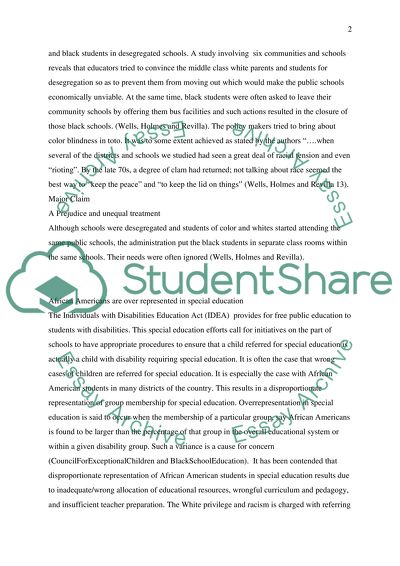Cite this document
(“Brown v Board of Education Research Paper Example | Topics and Well Written Essays - 3000 words”, n.d.)
Retrieved de https://studentshare.org/education/1392652-brown-v-board-of-education
Retrieved de https://studentshare.org/education/1392652-brown-v-board-of-education
(Brown V Board of Education Research Paper Example | Topics and Well Written Essays - 3000 Words)
https://studentshare.org/education/1392652-brown-v-board-of-education.
https://studentshare.org/education/1392652-brown-v-board-of-education.
“Brown V Board of Education Research Paper Example | Topics and Well Written Essays - 3000 Words”, n.d. https://studentshare.org/education/1392652-brown-v-board-of-education.


